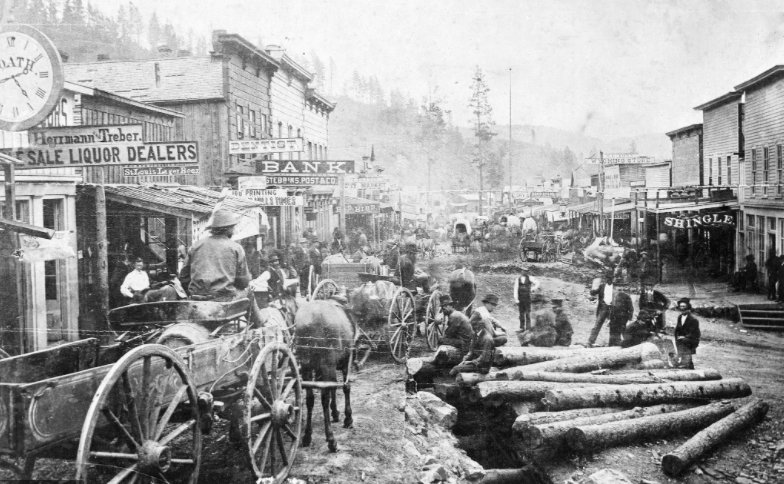MOAB, Utah — Before Moab was a Mecca for outdoor recreation in Utah, it was the hub of cold war uranium mining; and in the rush to process the ore for nuclear weapons, officials made a terrible decision we’re still paying for.
That decision made in 1956 was to build a uranium processing mill along the banks of the most important river in the American Southwest: the Colorado River.
“When they established a mill, there wasn’t very much thought given to protecting the river,” said Russell McCallister, the director of the federal cleanup.

























